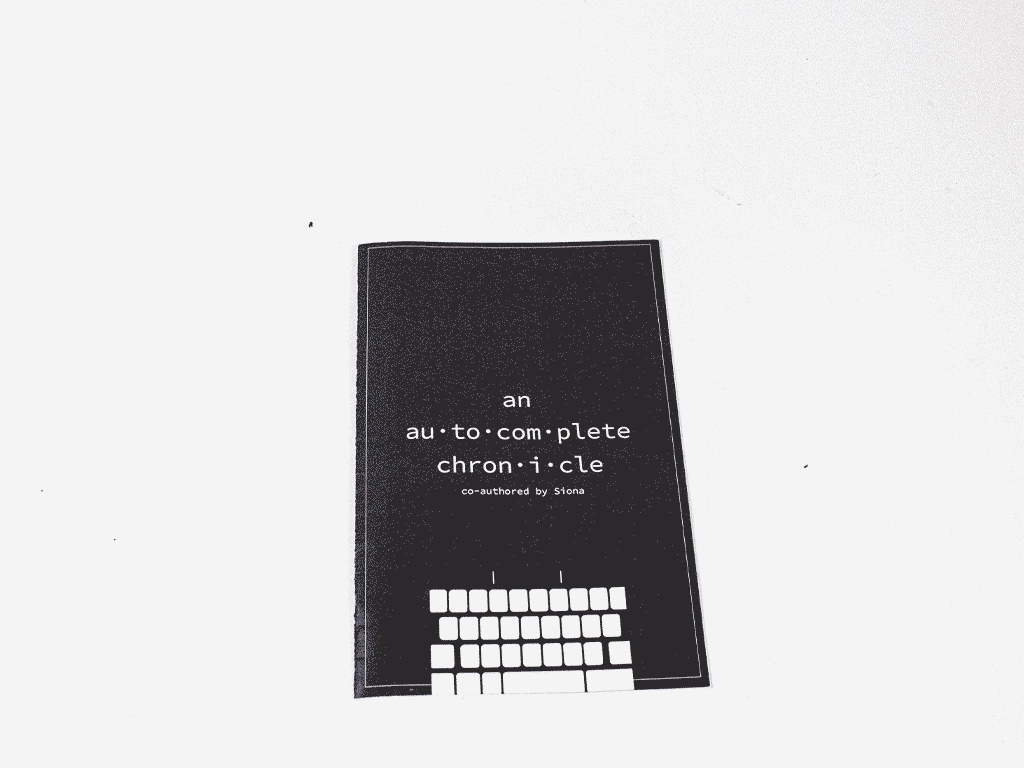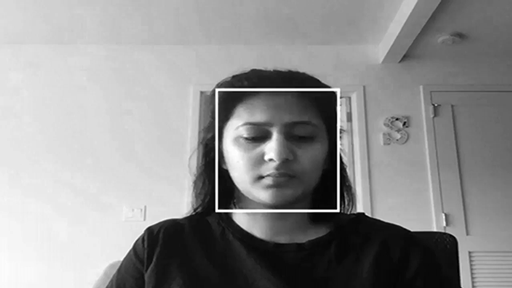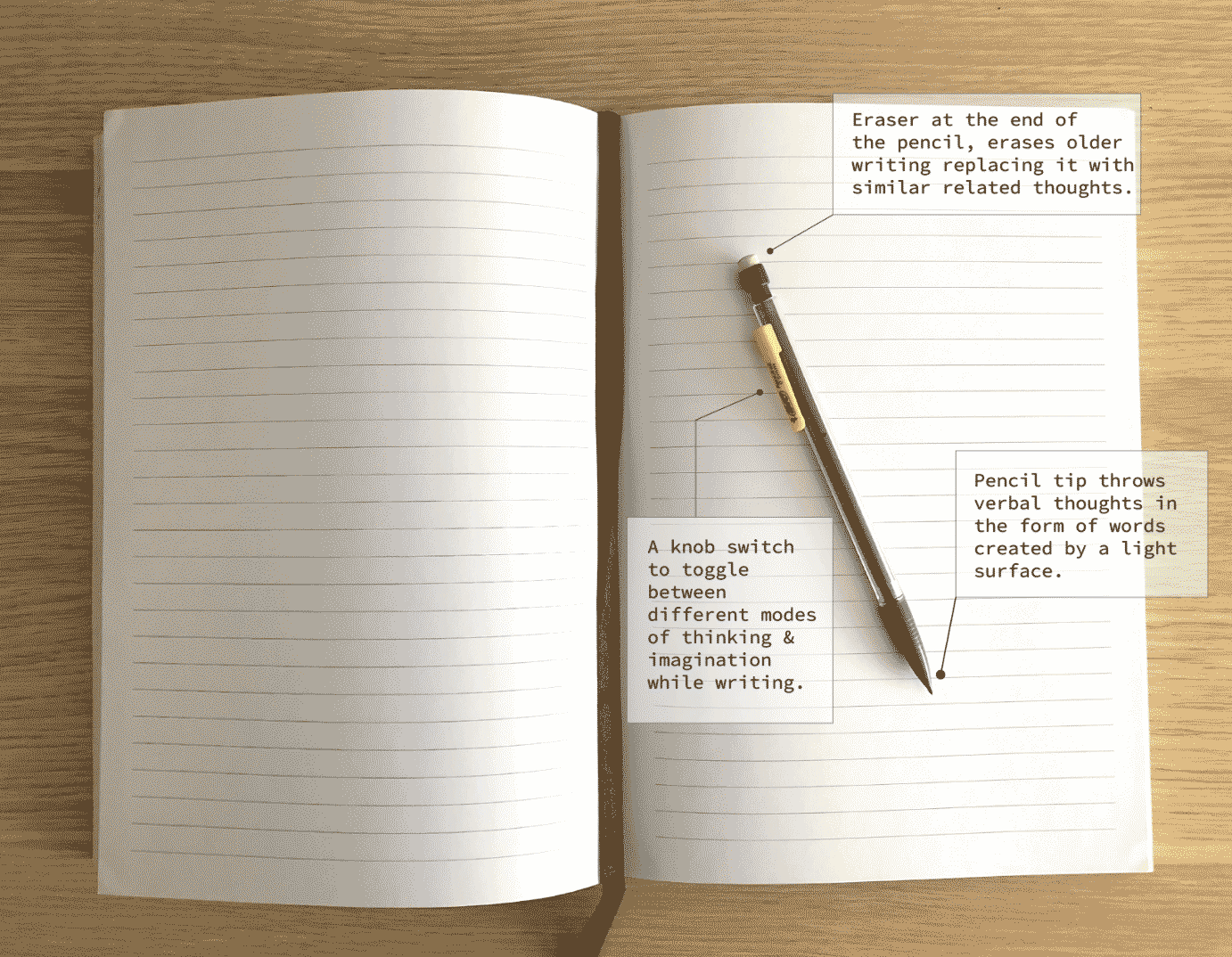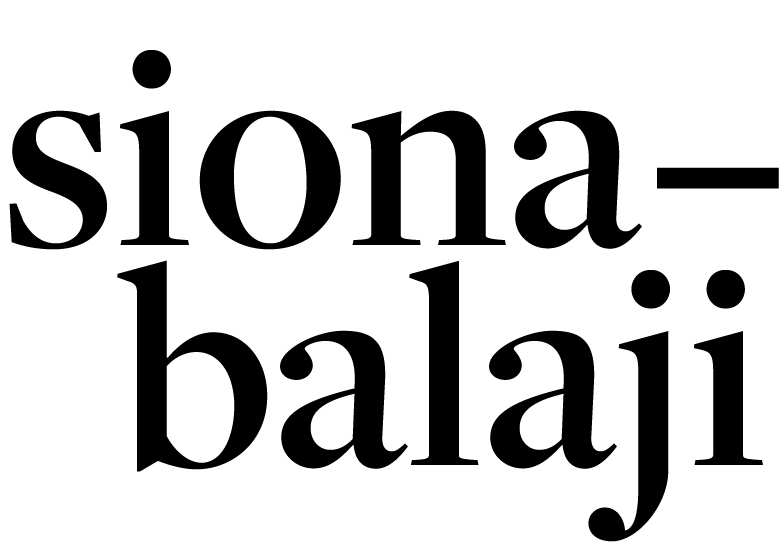Stories and Algorithms
‘Stories and algorithms’ is a series of literary studies and Research through Design explorations that investigates storytelling in everyday life and its relationships to Computational Narratives. The evolution of Computational Narrative Intelligence has contributed to the way human beings create, store, remember, and re-tell stories.

1. Autocomplete Chronicles
Study - Google Autocomplete; Apple Predictive TextDesign response form - Typography + Writing
Gretchen McCulloch is an internet Linguist; she analyses languages and its technological tools used on the internet. In her writing, she talks about the autocomplete feature on our devices that predicts words or sentences. She describes the early days of this feature and its frustrations, the difference of this feature on the IOS device, and Android, the reasons for the biased or personalized predictions. The devices store in its memory the users' frequent usage of language and words and add them to its projections.
Who generates the story? Does the tool facilitate to help the writer, or does it become the primary source, and the human writer becomes the tool?As a design response to this literature source, I composed short stories using the Predictive text feature on my iOS device.

2. Everyday stories
Study source - Lyrics and song by Broken Waters called '1984' ;
Inspiration - Laura Poitra’s : Astro Noise' installed in the Whitney Museum.
Design response form - Performance + Writing
Lyrics - “Whose watching you / can you feel the gaze? No words written on this lightbox / will stay private / state captured thoughts. You carry a telephone, that do disclose / name and location the address of your home / what are you buying on your card? are you aware you are observed?”
The Design response uses the concept of image recognition and surveillance. My everyday routine/stories are a part of a bigger narrative that has access to thousands of individual stories and data, which is now a resource that is most influential and expensive. I'm both fully aware, sometimes acknowledging and sometimes ignorant of this metadata of my unconscious actions forming someone else's thoroughly planned narrative . The video is coded in real-time through processing and OpenCV.

3. Virtual Materials
Study source - Beautiful Data_ A history of Vision and reason since 1945 by Orit Halpern
Design response form - Interactive + Writing
Excerpt from the book - "the method has served as a kind of laboratory experiment - fuses visual images and verbal communication in a common structure. The visual images are the content. The verbal statements are the illustrations the visual images forming the basis of the interrelated structure that alone re-tells a connected story" - Gyorgy Kepes in The new landscape of art and science.
For the response, drawing parallels of the material properties of a physical book and the virtual properties of an interactive interface - Line/dot/shape, Depth, volume, mass, Shadows + Light, Stacking, Movement, Area, Color, Stiffness.

4. Half-fictional objects
Study source - Speculative Everything: Design, Fiction, and Social Dreaming Book by Anthony Dunne and Fiona Raby
Design response form - Speculative + Writing
My favorite part of the writing is the authors describing the fictional world as 'not just alone inside a person's imagination, but they exist in a way that they can one can use when there is a need for it.'
"The materiality of design proposals, if expressed through physical props, brings the story closer to our world away from the worlds of fictional characters." The design response takes the form of an everyday object - Mechanical pencil. This pencil sets the belief of everyday reality known to a human being in the present time and connecting this medium to a future concept. The Pencil documents movements, Physical notes, and functions as a secondary organizer of human thoughts. It constructs structure, narrative, and content.

